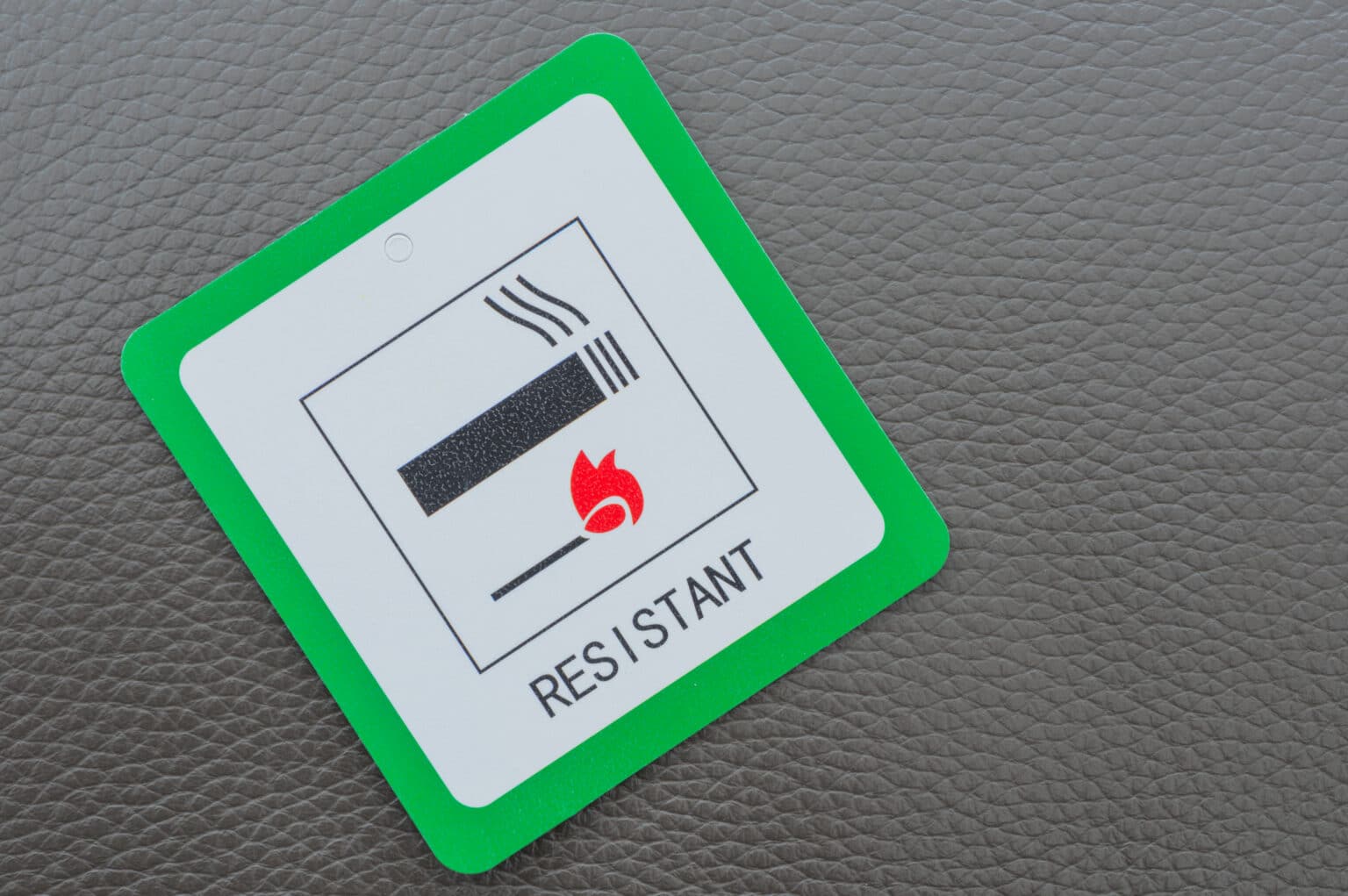Flame resistant fabric market overview
- January 4, 2023
- 8:48 am


Iain Hoey
Share this content
The Flame Resistant Fabric Market is predicted to be valued at USD 6.12 billion by 2030 according to GreyViews.
North America, Europe, Asia, South America, and the Middle East and Africa are the key regions where the flame-resistant fabric market is operating and is predicted to expand soon.
The report from GreyViews provides a detailed understanding of the market segments which have been formed by combining different prospects such as the type, application, end-user, and regions.
Treated fabrics
The type segment includes inherent and treated. The treated segment is expected to witness the highest growth rate during the forecast period. Treated fabrics dominate because of their low costs in comparison to inherent fabrics.
In order for the treated fabric to become fire-resistant, it is treated with chemical additives such as organohalogen and organophosphorus compounds. When exposed to fire, these compounds extinguish the flames chemically.
Apparel
The application segment includes non-apparel and apparel. The apparel segment is expected to witness the highest growth rate during the forecast period. As the demand for flame-fighting uniforms grows, apparel flame-resistant fabric becomes the most important market segment.
With a rise in protective clothing demand, the apparel bifurcation held the largest market share, over 70%, in 2021, and will keep on rising during the forecast period
Transportation sector
The end-user segment includes defense and public safety services, industrial, construction & mining, transportation and others. The transportation segment is expected to witness the highest growth rate during the forecast period.
Vehicle interiors, ships, trains, and military and civilian aircraft are increasingly lined with fabrics that help prevent a raging fire as regulations tighten worldwide and personnel safety improves, which will propel the growth of the flame-resistant fabric market.
Regional breakdown
The Asia Pacific region witnessed a major share. The expansion of industrial sectors across the region propels the growth of the market. Further, industries will require a large number of workers in the upcoming years, thus resulting in an increase in the need for protective clothing to prevent fire accidents.
Germany’s flame-resistant fabric market size was valued at USD 0.35 billion in 2021 and is expected to reach USD 0.58 billion by 2029, at a CAGR of 6.7% from 2023 to 2030.
A surge in the transportation industry, in which flame-resistant fabrics are extensively used for a wide range of items related to the industry, propels the growth of the market.
China’s flame-resistant fabric market size was valued at USD 0.36 billion in 2021 and is expected to reach USD 0.60 billion by 2029, at a CAGR of 6.6% from 2023 to 2030.
As workers’ safety becomes increasingly important across the oil and gas industry, petrochemical industry and chemical industry, in the country, the market for flame-resistant apparel is expected to grow.



